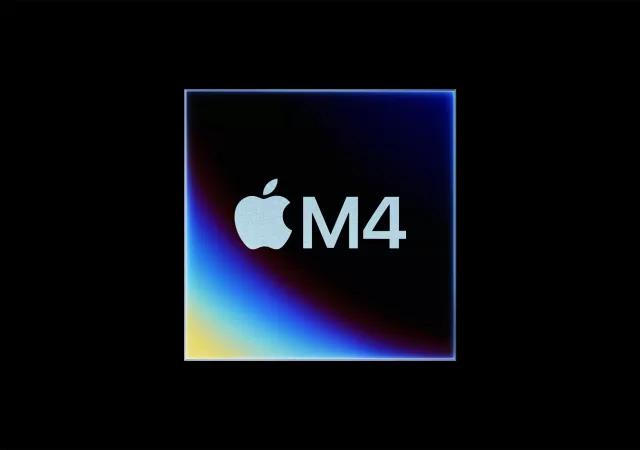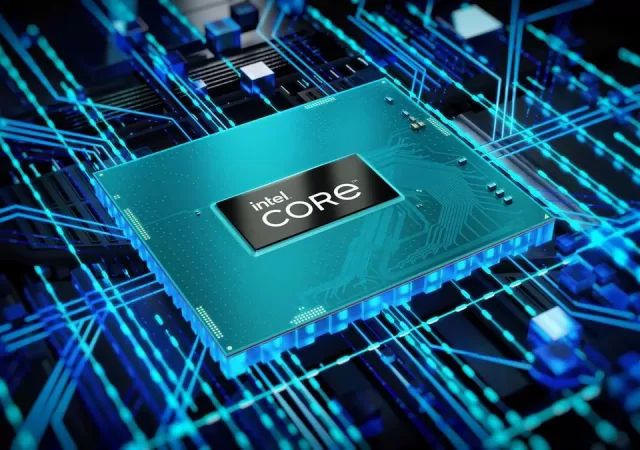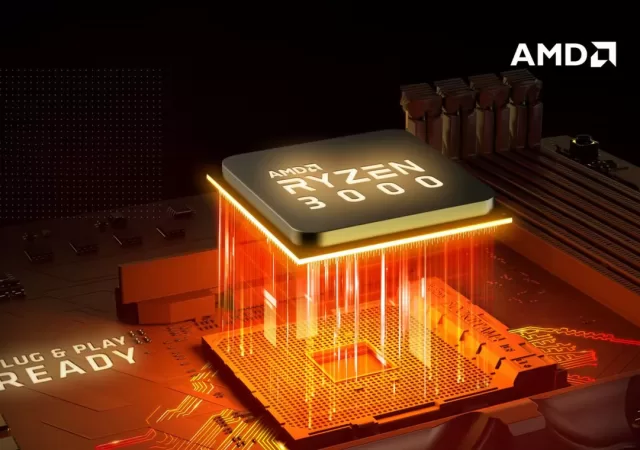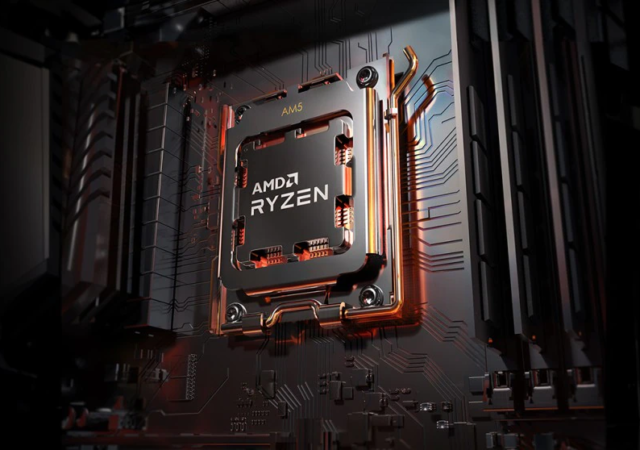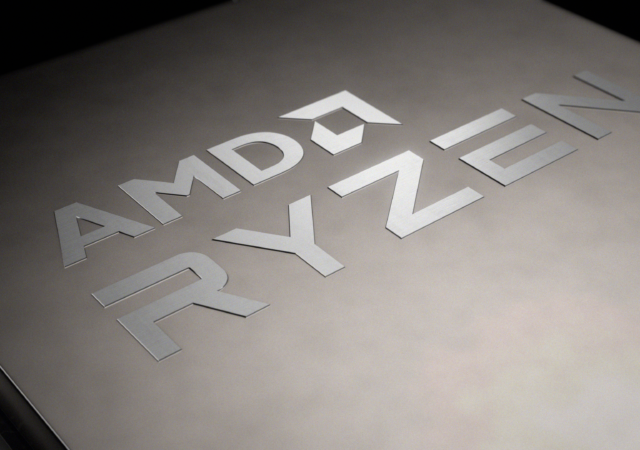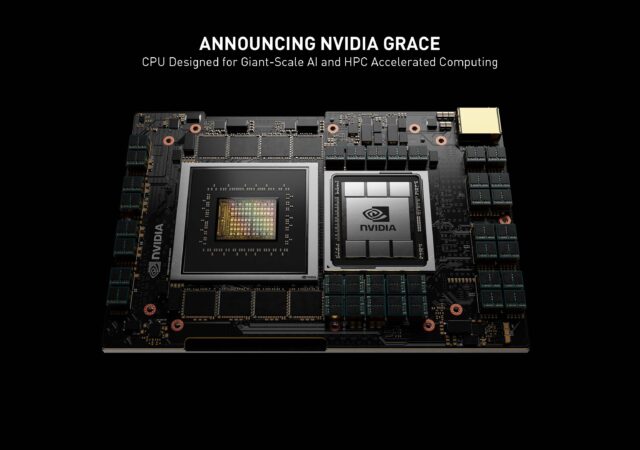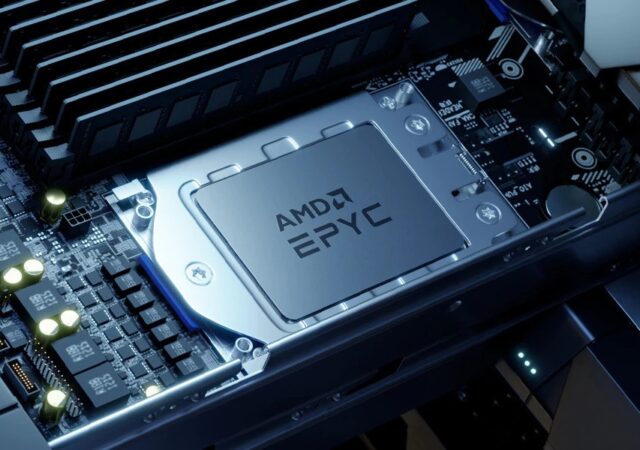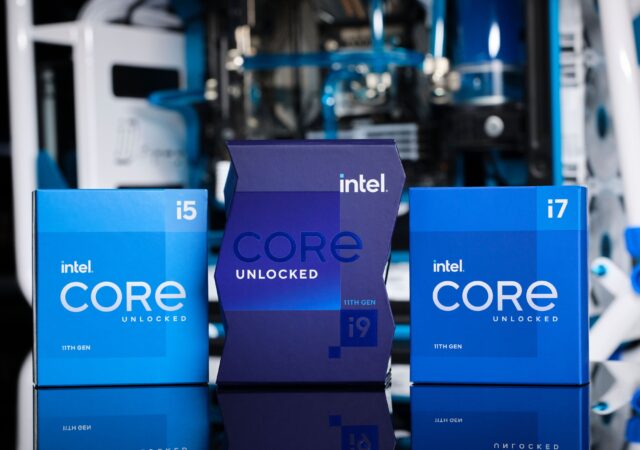The new iPad Pro comes with Apple’s most powerful SoC yet. The M4 Chip has a 10-core CPU, a 10-core GPU and its most powerful Neural Engine.
Downfall Vulnerability in Intel Chips Raises Security Concerns
A major Intel chip vulnerability named “Downfall” may allow hackers to gain access to temporary data storage and access sensitive information.
AMD’s Zen 3 & Zen 4 CPUs Are At Risk of Exploitations Thanks to New “Inception” Vulnerability
New Inception vulnerability in AMD Zen 3 and Zen 4 CPUs poses a security risk as it is reported to be able to leak sensitive data within 40 minutes on Linux.
AMD’s Fastest Gaming CPUs with 3D V-Cache Are Here!
AMD’s latest Ryzen 7000 series now comes in 3D V-Cache flavours. the Ryzen 7000X3D series is now available in Malaysia.
Snapdragon 8 Gen 2 announced at Snapdragon Summit 2022
The Snapdragon Summit 2022 has unveiled the highly anticipated Snapdragon 8 Gen 2 platform, promising to revolutionize the flagship smartphone experience. Snapdragon’s highlight event of 2022 held in Hawaii from November 15th to 16th centered around the announcement of the…
MediaTek Takes on Flagships with Dimensity 9000+
MediaTek announces the Dimensity 9000+ SoC for flagship smartphones with a ultra-powerful Cortex-X2 at its core to take on Qualcomm’s best.
AMD’s Ryzen 5000 CPUs with Integrated Graphics are Finally Available from MYR 1,239 onward.
AMD releases the new Ryzen 5000 G-series APUs in the form of the Ryzen 7 5700G and Ryzen 5 5600G with integrated Radeon graphics.
NVIDIA Grace CPU for Datacentres for Next Generation Super Computers
NVIDIA announces project Grace in GTC 2021. The NVIDIA Grace CPU is the next generation processor for datacentres.
Even More EPYC with AMD – Stacking Zen 3
AMD just launched their new EPYC processors made for servers and data centers. The new processors feature Zen 3 and 7nm technology.
Intel Has Joined the Chat – The New 11th Generation Desktop Intel Core Rocket Lake Processors
Intel finally introduces their new 11th Generation Core processors code name Rocket Lake, up to 19% more powerful than before.



